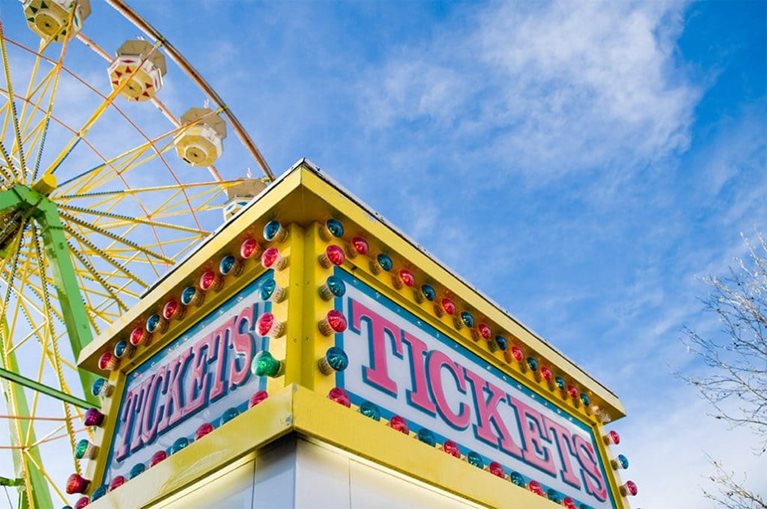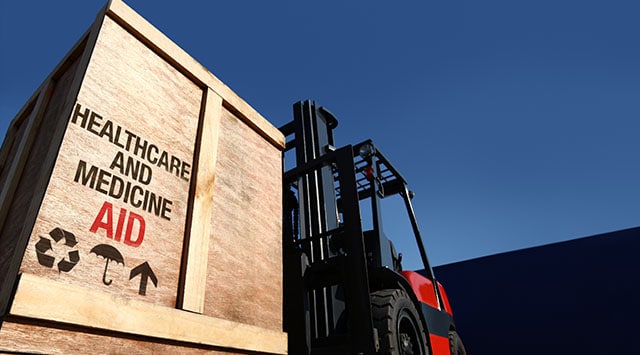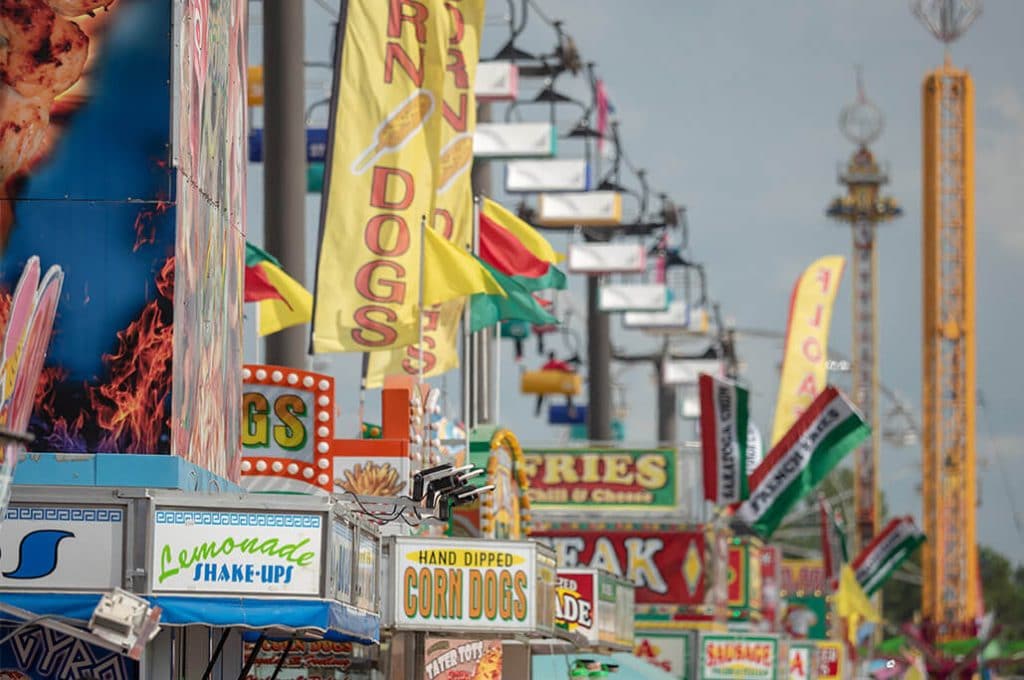
Q&A: Choreographing the Great New York State Fair
Some 1.3 million attendees, hundreds of food and retail vendors, more than 300 acres, a full-service RV park, a 136,000-square-foot exposition center, and thousands of farm animals — welcome to the Great New York State Fair.
The Great New York State Fair and Its Challenges
The fair, which lasts 13 days, traces its roots back to 1841. If you thought planning an office renovation project was tough, try planning and erecting a small town's worth of retail and livestock, and then tearing it all down, in a matter of weeks. While modern amenities provide more programming space and convenience, they also add to the massive challenge of managing the fair.
In addition to the state fair, which runs from Aug. 21 through Sept. 2, the fairground also features events that draw more than a million people during the rest of the year, ranging from horse and alpaca shows to antique and craft shows, plus a Winter Fair in February and an Indoor Auto Racing Series in March.
Coordinating the logistics for more than a million visitors and hundreds of vendors requires an expert project manager and choreographer, such as Troy Waffner, the executive director of the Great New York State Fair.
Want to learn how the annual event comes to life? Get the inside scoop from Waffner in this special interview below.
Q: How big is the Great New York State Fair?
Waffner: "The fairgrounds itself is 375 acres, with approximately 200 acres inside the fence line that we program, and another 175 acres for parking. Our core mission, like every state fair, is to promote everything agriculture. We have a total of 600 vendors, including about 200 food vendors. We also have a midway carnival with 68 rides and their own food vendors. Depending on the year, we have between 250 and 300 musical acts. We have national touring acts, ranging from Bad Company to Ice Cube, and everyone in between. We cover every genre."
Q: What is the most distinguishing characteristic of the fair?
Waffner: "Depending on what kind of specials we're running, it costs about $3 to get into the fair. For that price, you can see two national touring acts, thousands of farm animals, and competitions that range from cattle and rabbit shows to quilting and artwork. You can really spend a day here for very little cost. We even encourage people to bring their own lunch if they want to picnic on the fairgrounds."
Q: How many temporary or pop-up retail or food stands are part of the fair?
Waffner: "Of the 600 vendors, all except 30 are basically pop-up retail or food stands. We do have some permanent concession stands, but most of our vendors are temporary, including concession trailers and food trucks. We are moving towards getting everybody into trailers or trucks, but about 40 percent are still operating out of tents."
Q: What are the logistical challenges of managing so many temporary structures?
Waffner: "It's really a system that has grown and been refined. We go from a core staff of approximately 35 employees year-round to more than 1,600 employees by the first day of the fair. We work with the concessionaires to be able to move in. If they're able to arrive early, we try to get them in before the big rush. In those final 48 hours, vendors are setting up all night long. We have staff here, from electricians to plumbers, to get everybody situated into their designated location, and hooked up."
"We also work closely with local food distributors once the fair opens. They make deliveries between midnight and 9 a.m. It's logistically challenging to organize so many people on a 200-acre site [open to visitors]. But about 80 percent of the vendors are the same people every year, and they already know the set-up dance."
Q: All of this is going on while the rest of the venue is under construction?
Waffner: "Yes, we have a permanent stage we have to rig, and temporary stages to build. That includes putting-up the lighting and the sound systems for two major stages. At the same time, we have to coordinate the construction of the Midway for rides and games."
Q: Where do you store everything?
Waffner: "The big concession trailers have a lot of storage, and some vendors bring refrigerated trucks with them. But storage is challenging because we also run a big non-fair business. When it comes to the fair, we use every square inch of space. So, we have a warehouse we use during the fair to store massive amounts of essentials we need — like paper towels and trash bags — along with whatever we aren't using. We also use PODS. They are fantastic storage facilities because the containers are light, easy-to-use, and easy to maneuver."

Q: Are there any safety and security issues?
Waffner: "We have 250 New York State Troopers who come in to provide a police force, as well as to direct traffic. We also have EMTs on-site, and we set-up a trauma center and an infirmary to help anyone who is sick or injured."
Q: What are you the proudest of when it comes to the fair?
Waffner: "It is literally a day and night job of just getting people set-up and prepared for more than a million visitors. But we've never missed being able to open at 10 a.m. on day one. We make it work."
Like the Great New York State Fair, do you need extra storage for an upcoming fair or festival? Learn more about PODS moving and storage solutions for events.
[maxbutton id="1"]
RELATED ARTICLE: One of America's Oldest Flea Markets "Pops-Up" Three Times a Year
Originally published August 9, 2019 updated Sept 4 2020
Comments
Leave a Comment
Your email address will not be published. Required fields are marked *


